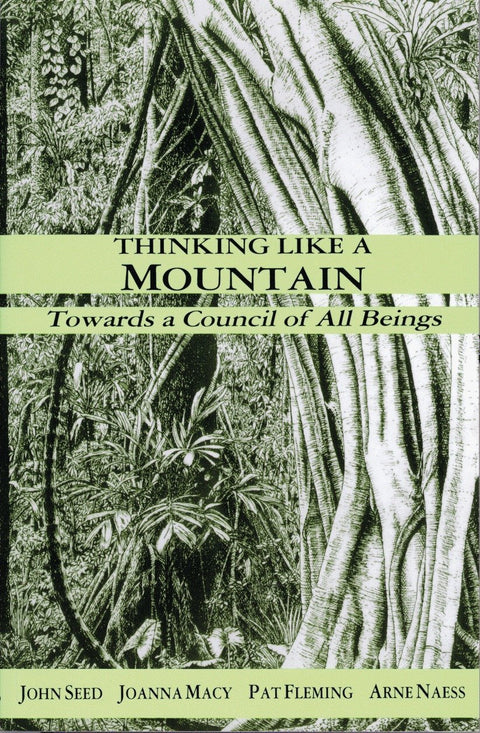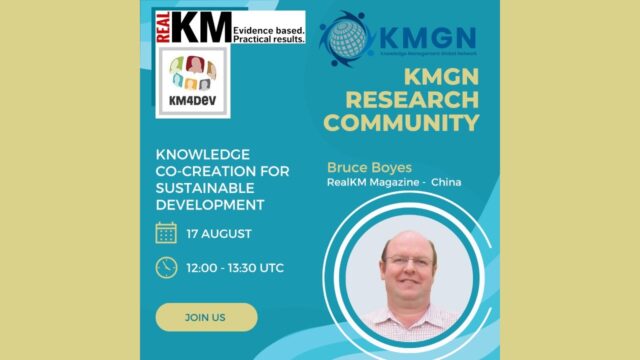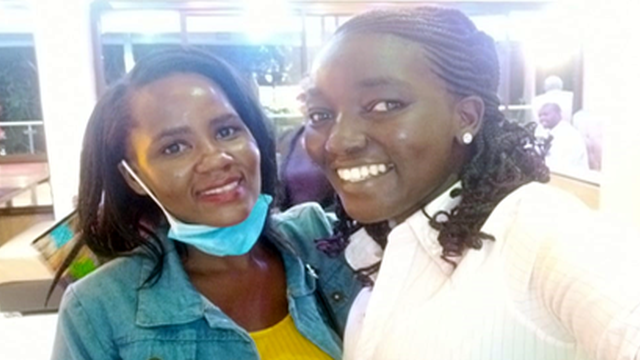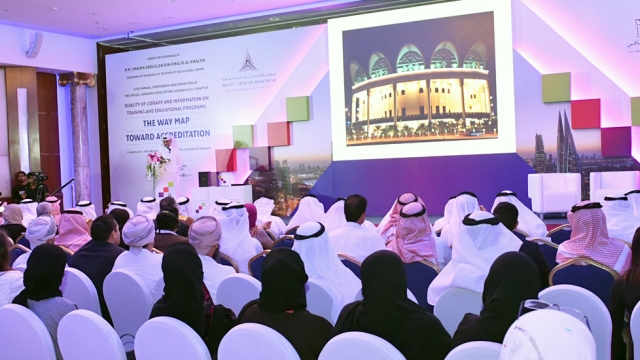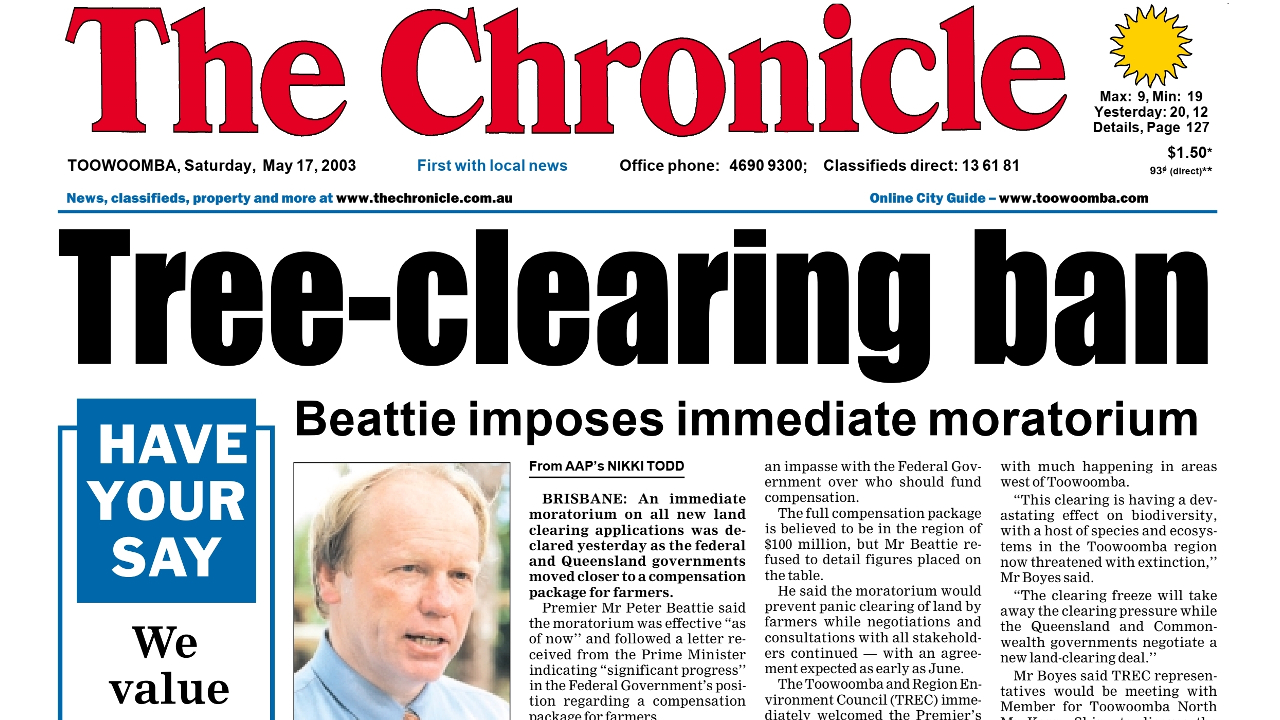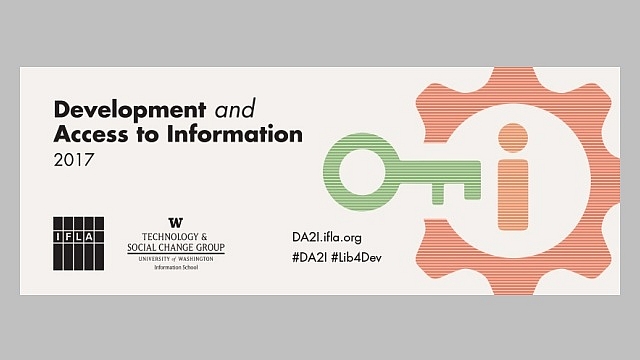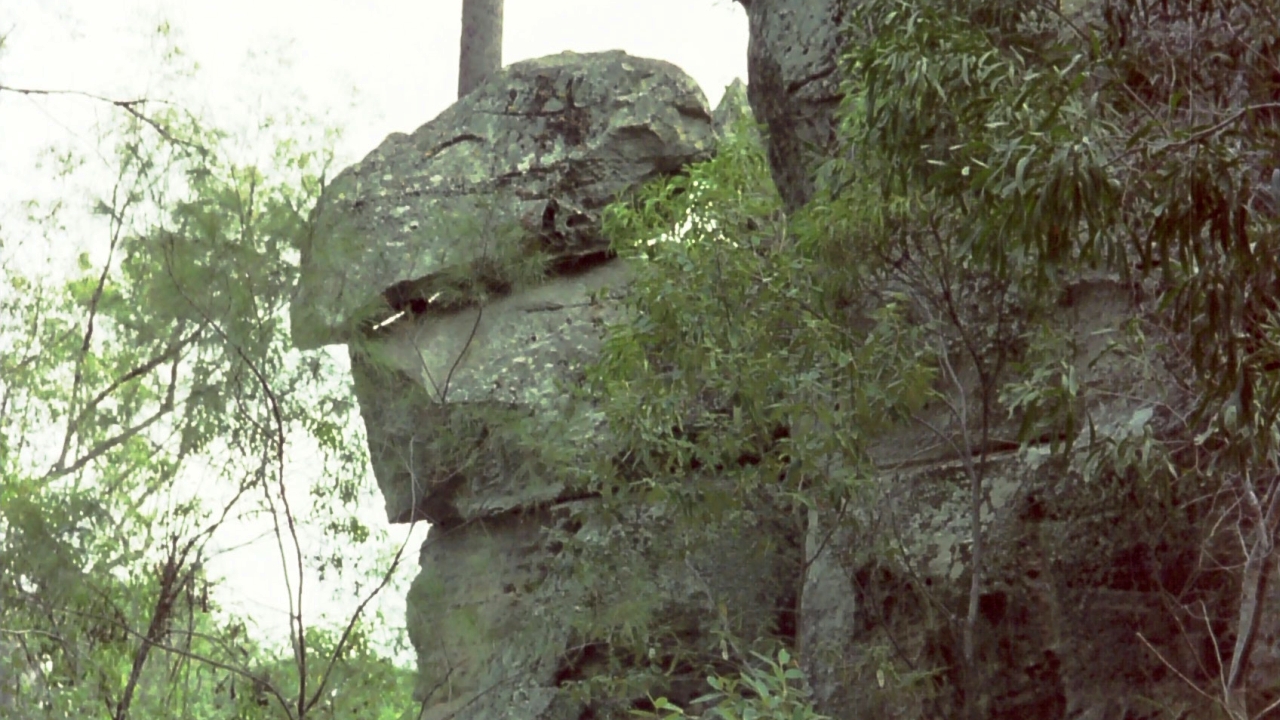
Thinking Like A Mountain – Towards a Council of All Beings [Arts & culture in KM part 11]
Experiencing relational thinking for sustainability transformations
This article is part 11 of a series exploring arts and culture in knowledge management.
Halfway to the deadline for the United Nations (UN) 2030 Agenda for Sustainable Development, its Sustainable Development Goals (SDGs) are in trouble1. Progress on more than half of the targets of the SDGs is insufficient and on a third it has stalled or gone into reverse. In response, the UN has called for transformative action.
Relational thinking
However, the proposed transformations are top-down in nature, ignoring the transformative power of people and their knowledge. In a recent paper2, Foggin and colleagues recommend harnessing this transformative power through adopting relational thinking. This means engaging with the people and groups who are most fundamentally affected by decisions and with the unique characteristics of place – with place understood as the space where relationships amongst people and with nature develop and where their legacy remains through time. Foggin and colleagues contend that sustainability is always related to people as much as it is with nature, and it is also embedded in place, since people live and make their most important decisions within particular areas and territories and within communities, never simply by way of abstract economic algorithms.
Drawing on the ‘Thinking like a mountain’ imagery of Aldo Leopold3, a pioneer of the deep ecology philosophy4, Foggin and colleagues state that:
‘Thinking like a mountain’ rests on seeing the world as a mountain does – considering the whole environment (i.e., people and nature, and indeed people within nature) through the prism of place, with people, and seeing nature through longer time frames and with an appreciation for beauty in the great diversity and complexity of life.
Thinking Like a Mountain – Towards a Council of All Beings
Sadly, in today’s society, many people have become lost from their environment, separated from their people-place connections. Around 30 years ago, I was fortunate to have my own environmental connections restored in such an effective way that the experience and its outcomes remain with me today.
This happened through a two-day ‘Thinking Like a Mountain – Towards a Council of All Beings’ workshop facilitated by the Rainforest Information Centre on the property of friends. Their property is located in the Lockyer Valley, located about 100km west of Brisbane, the capital city of the Australian state of Queensland.
The workshop process is described in detail in the book Thinking Like a Mountain – Towards a Council of All Beings5, which is now fully accessible online. Key parts of the workshop include evolutionary remembering, identifying with another life-form, and the Council of All Beings. These happen through an arts and culture experience involving ritual, poetry, story, performance, dance, and making masks to represent the chosen life-form.
I identified with the sandstone that is the natural foundation of the Lockyer Valley where I lived and worked at the time (see pages 8-9 of the Land Use Planning Handbook for the Lockyer Catchment6). The sandstone supports the ecology of the valley, including ancient ecosystems, and thousands of years of First Nations history and sustainability. It has then been the stage for the dispossession of First Nations peoples by European settlers, as well as the mixed fortunes of the settlers as they exploited and rapidly degraded the fragile sandstone landscape, and now try to repair and sustain it.
The workshop process is intensely emotional. First, there’s deep grief, the surfacing of bottled up sadness and distress from a lifetime of experiencing ecological destruction and decline. Then, there’s a feeling of warm connection and re-energizing in identifying with another life-form and the chosen life-forms of others – the relational thinking. Finally, there’s strong empowerment and positive spirits as we plan our actions and chart our ways forward, individually, collectively, and relationally.
My profound experiences in the workshop have deeply influenced my thinking and work ever since, and contributed to the positive changes I’ve been able to make. My chosen life-form has evolved as I’ve explored the world, for example for the four years that I lived in China’s Shanxi Province, I found a strong foundation and inspiration in the Loess Plateau7.
I would encourage you to take the time to read Thinking Like a Mountain – Towards a Council of All Beings, and to then plan a workshop!
Header image: The sandstone of the Lockyer Valley, which was my chosen life-form for the Council of All Beings. This sandstone feature is located near my friend’s property where I experienced the Council of All Beings workshop. © Bruce Boyes, CC BY-NC-ND 4.0.
References:
- United Nations. (2023). The Sustainable
Development Goals Report 2023: Special edition. ↩ - Foggin, J. M., Brombal, D., & Razmkhah, A. (2021). Thinking like a mountain: Exploring the potential of relational approaches for transformative nature conservation. Sustainability, 13(22), 12884. ↩
- Wikipedia, CC BY-SA 4.0. ↩
- Wikipedia, CC BY-SA 4.0. ↩
- Seed, J.,Macy, J., Fleming, P., & Naess, A. (1988). Thinking Like a Mountain – Towards a Council of All Beings. New Society Publishers. ↩
- Boyes, B. (2001). Land Use Planning Handbook for the Lockyer Catchment. Forest Hill: Lockyer Catchment Association (LCA) Inc. ↩
- Boyes, B. (2022, January 13). Memorable Times. Beijing Review. ↩

